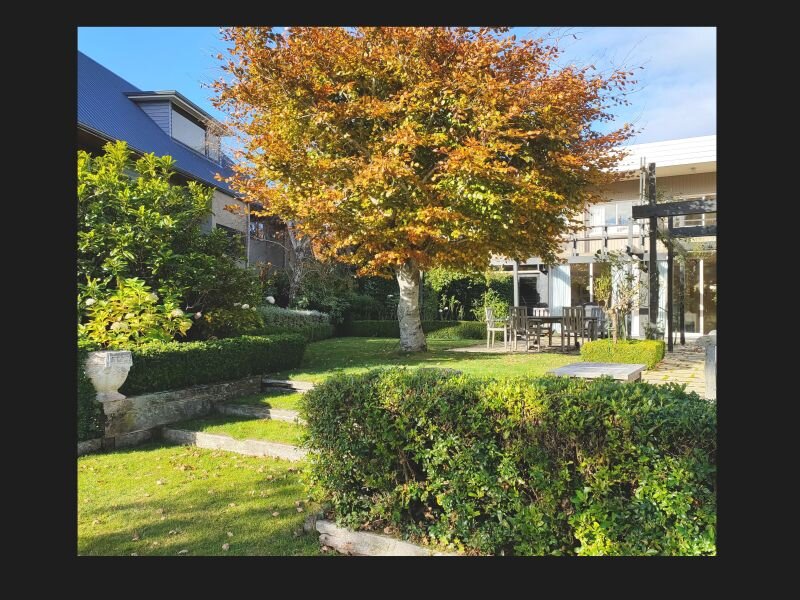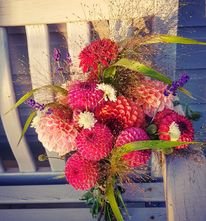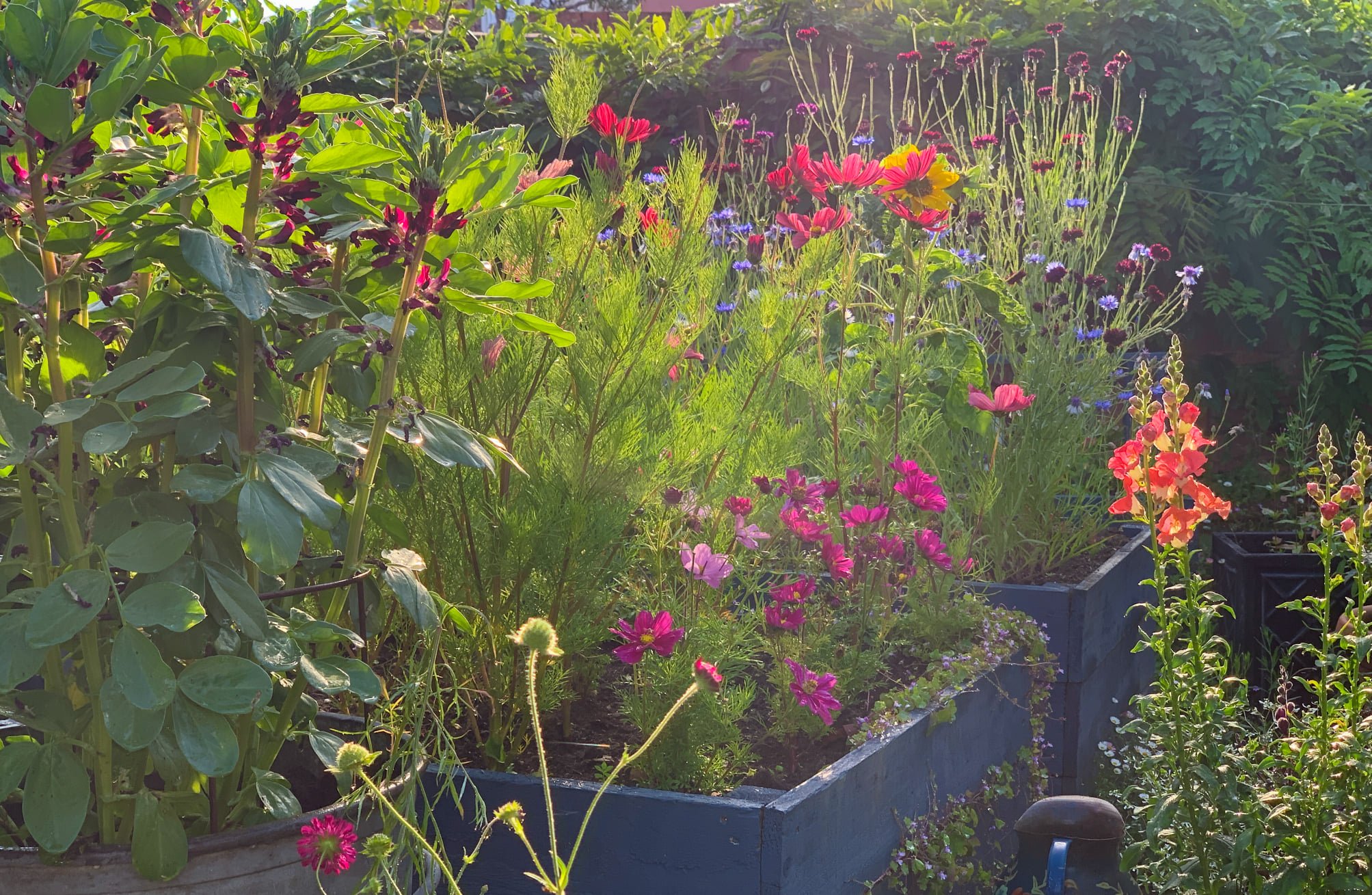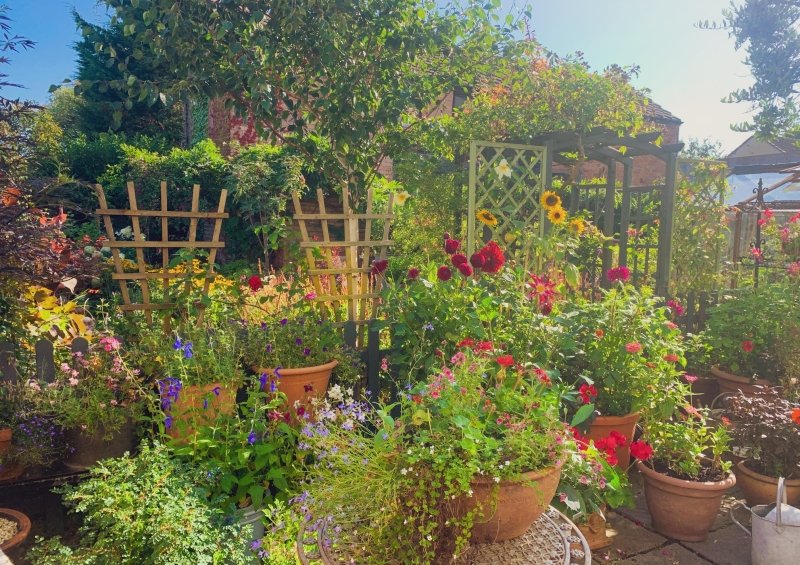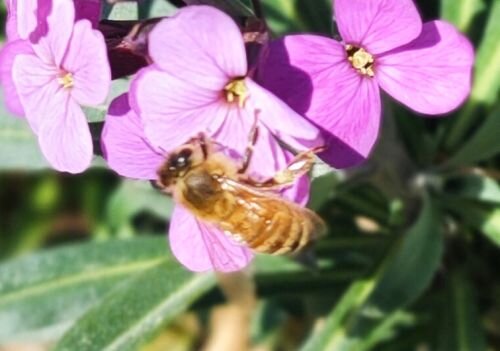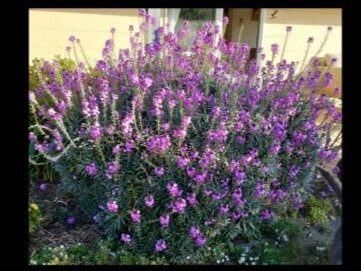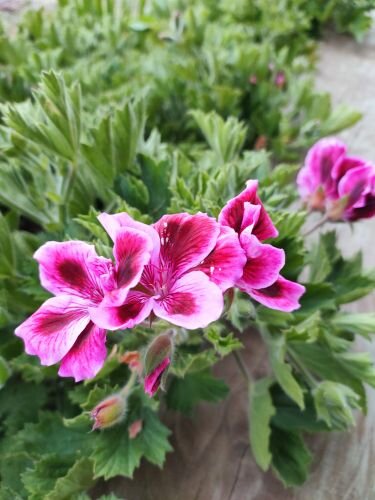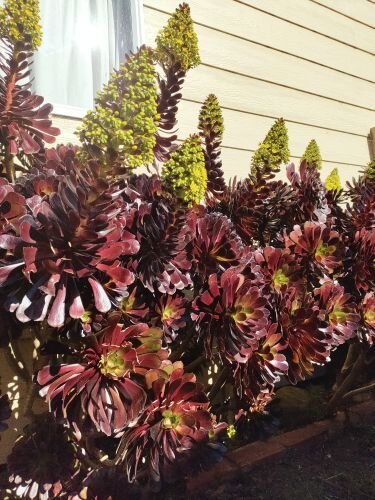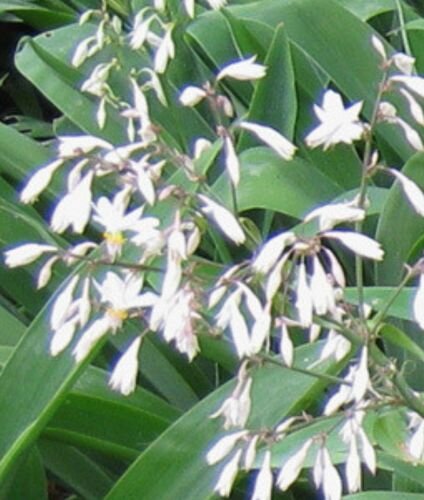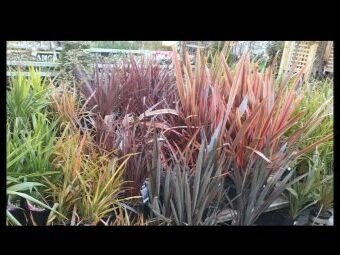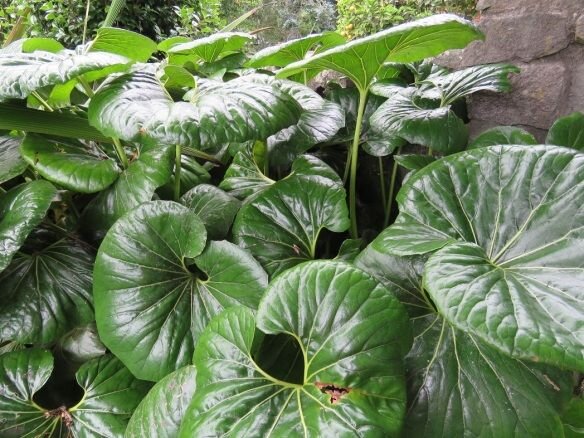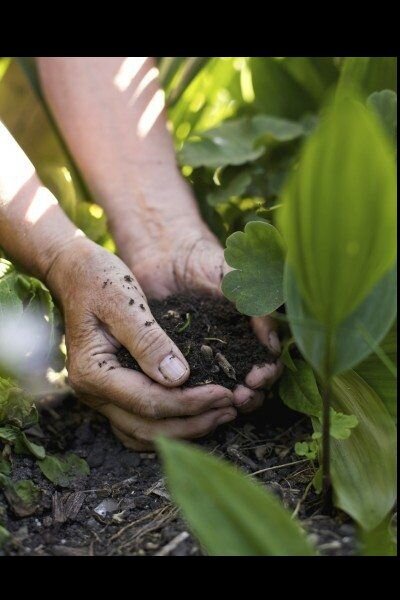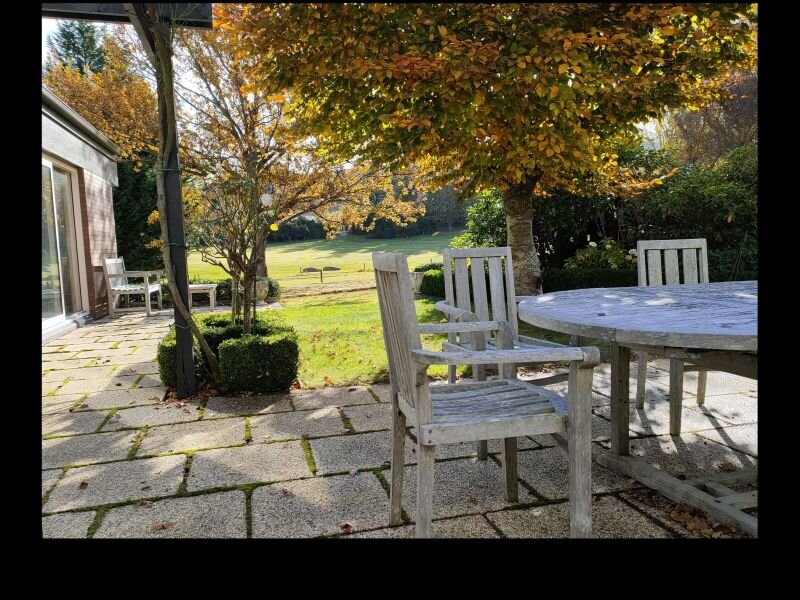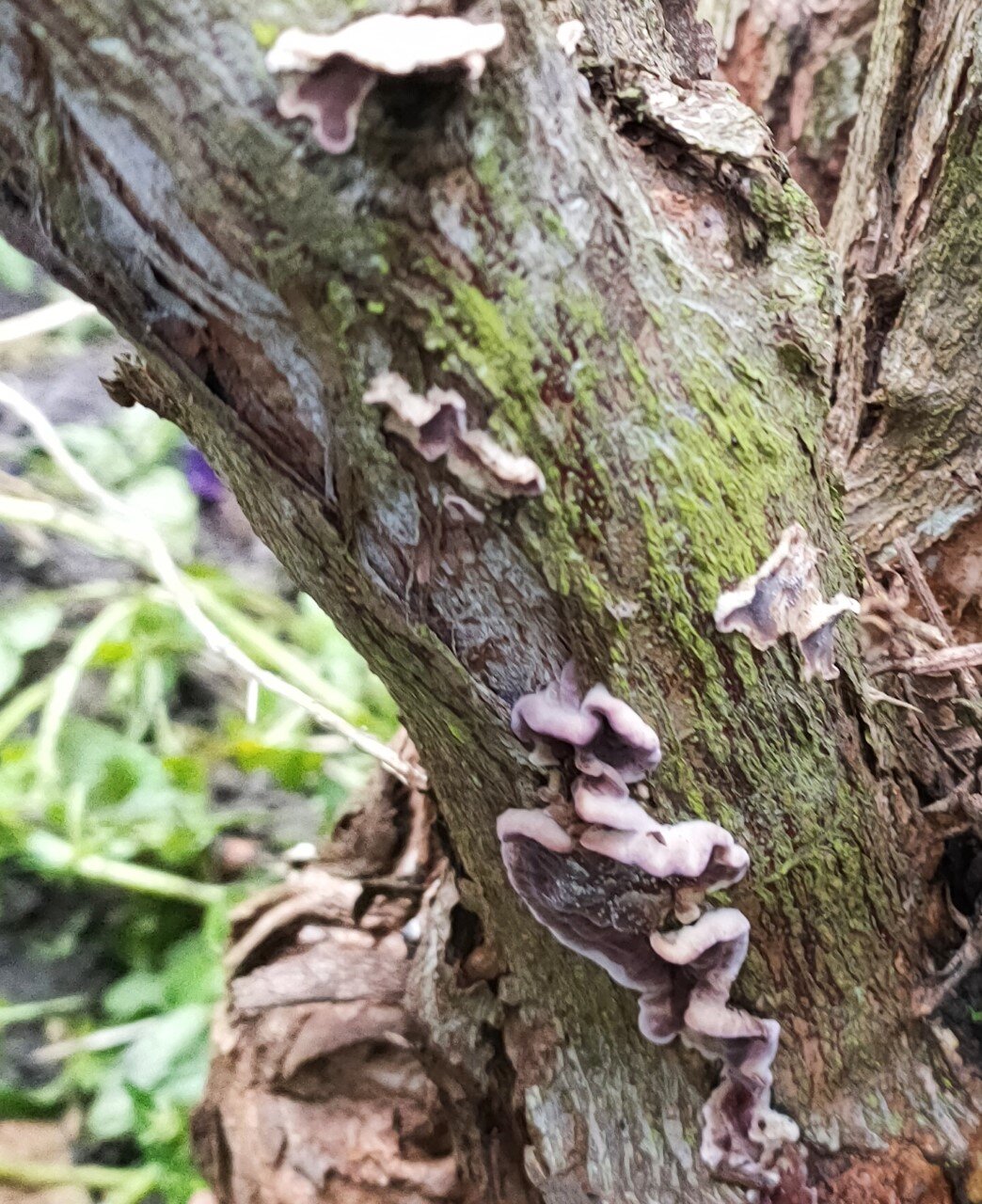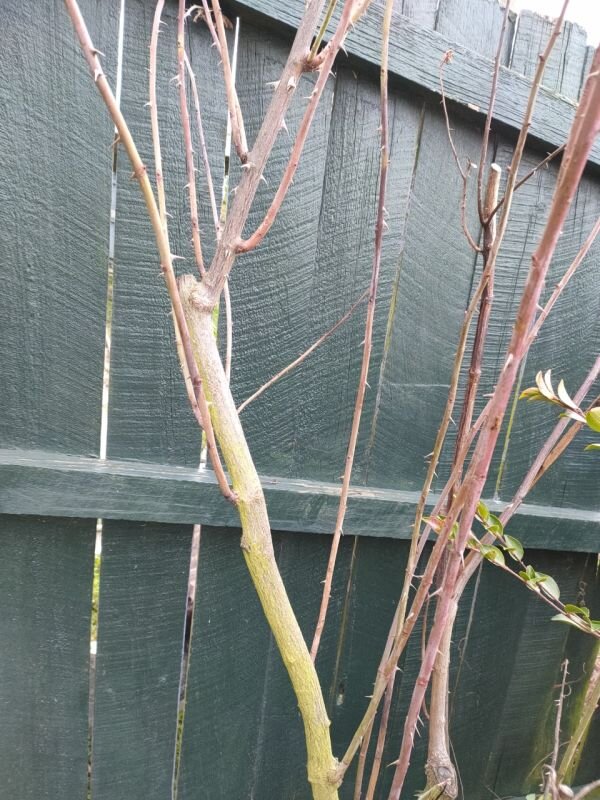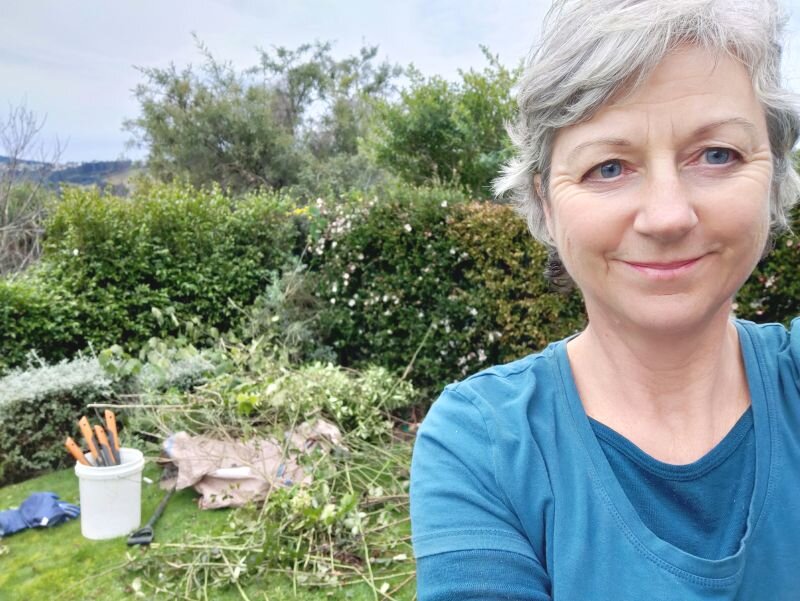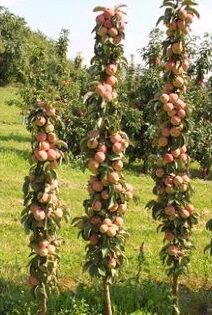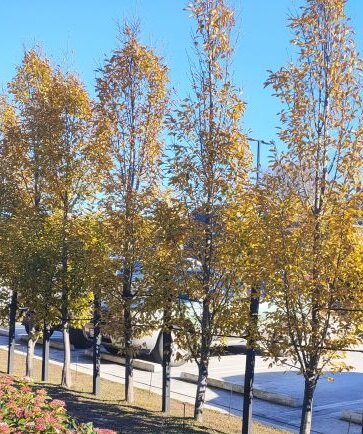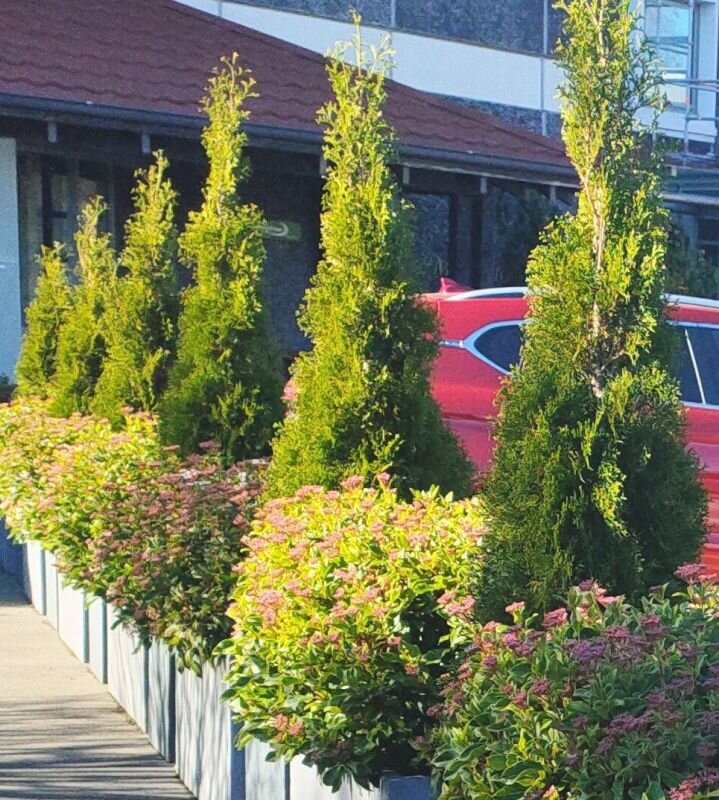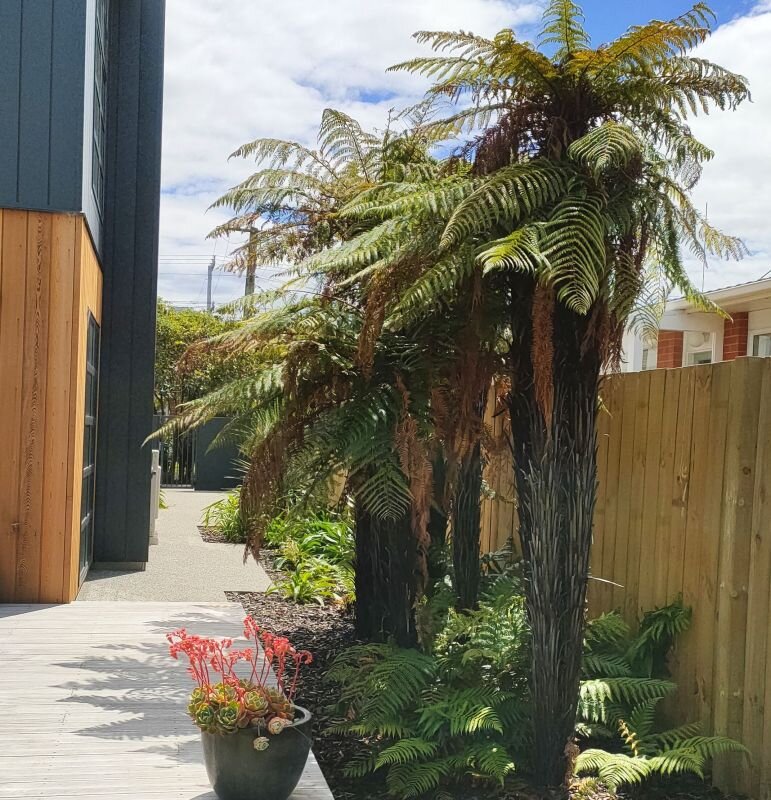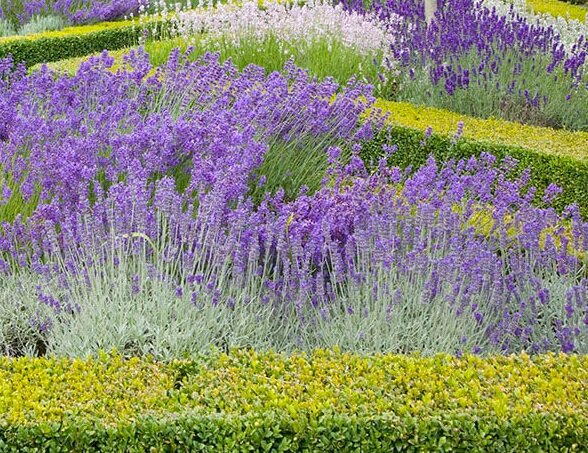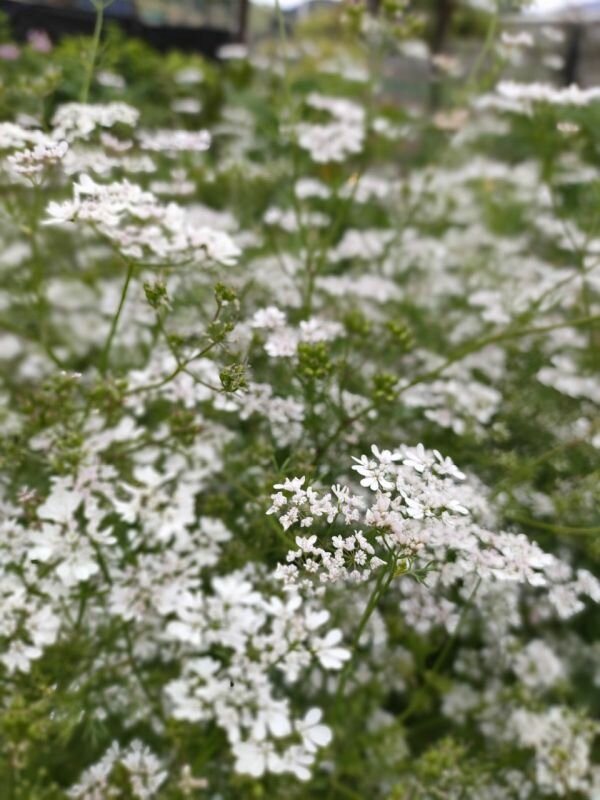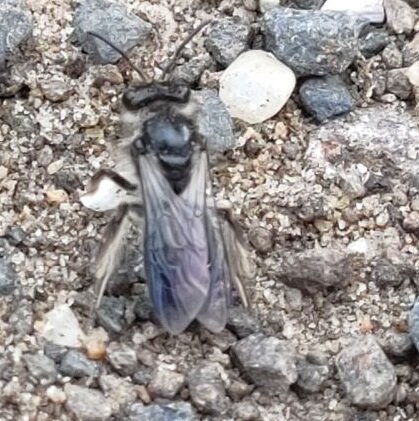Cut Flowers, Cataracts, Covid and Mental Health Week
/Today my first tulips of the season flowered, beautiful lilac purple “Anaconda” with “Balmoral Honey” and “Snowboard” white tulips hot on their heels. It is bright moments like these that shine through the difficulties of the past year and make me smile.
2022 has been a more challenging year than I’ve had for decades, with many personal issues throwing up road blocks to the creativity and passion for my dream job of landscape designing and managing a business.
Another year of Covid had passed, which got me in April after a trip to the North Island. The Covid illness creating a ripple effect of postponing a cataract operation, visiting my acutely unwell mother in hospital, and flaring up any of my pre-existing health conditions including Fibromyalgia and Dysthymia (a form of long term depression) . The cataract operation since has not been without complications, but thankfully I can see! Then, only a few weeks later, a long time of illness took my beautiful mother to her peaceful rest in July, and so it became a very difficult winter.
How did I get through to spring? Being grateful every day of the things I have; a warm dry house, firewood gifted to me, hot water in the tap and enough money to pay the power bills, and happy dogs! Most of all I followed my dreams, my passion of gardening and growing flowers.
Over the late autumn and winter months I have been obsessively digging up a paddock, setting up wind breaks, spreading delicious manures and also growing seeds on the dinner table. Dreaming night and day of flowers. These have been a wonderful distraction. The tiny beginnings of life turning into beautiful blooms in the garden now and in the coming months.
While cut-flowers are quite a different game to an easy-care style garden, the additional skills I am learning from the challenges faced are already being utilized for Leaf Landscape Design. I always love including seasonal colour and flowers in my designs and I am discovering new ways to do this without creating a lot of work in maintenance.
So I am excited to work through the last quarter of 2022, and develop my flower ideas, along with the new designs current and future. Every client and design is as unique as a flower I grow, and I am looking forward to seeing the many blooms coming to fruition.





